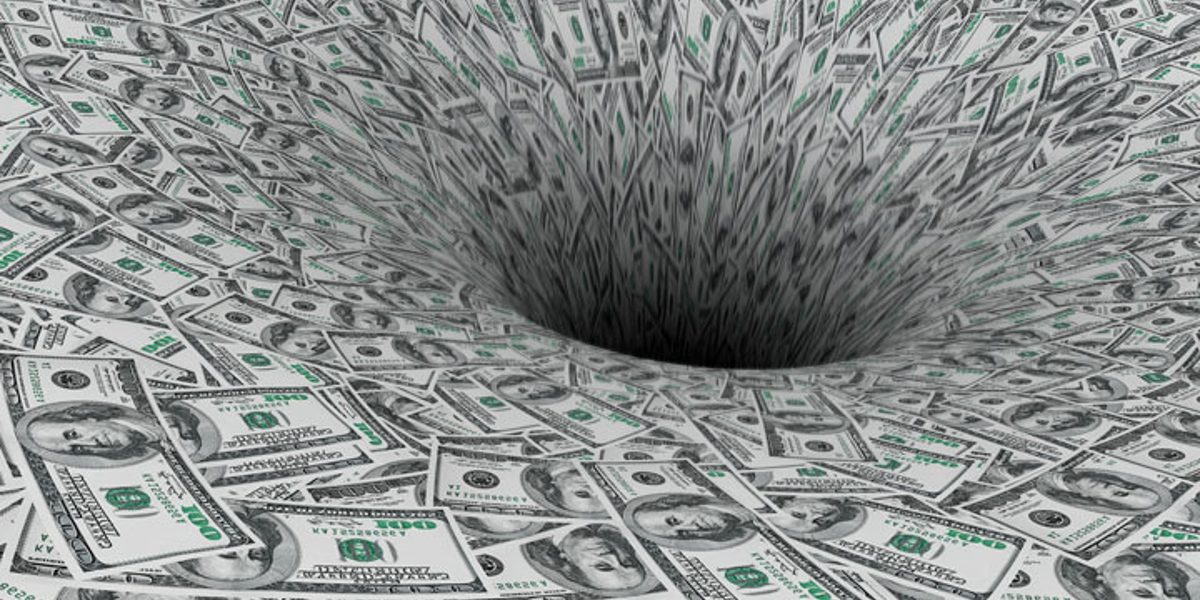I’m trying to figure out how to contextualize a billion dollars. For example, a million dollars in $100 bills would fit inside a medium-sized briefcase. But a billion dollars in $100 bills would require ten standard pallets measured nearly 4 feet x 4 feet stacked 4 feet high.
There’s a massive difference between a million dollars and a billion.
This is why the whipsaw effect of our state’s budgeting practices requires contextualizing. For example, state leaders claimed last year to have a $100 billion surplus. I say “claimed” because they’re talking only about a one-year budget without comparing that to the substantial debt and unfunded pension obligations owed. Either way, the state legislature and governor passed a budget that totaled nearly $300 billion that included checks to select voters (that arrived coincidentally right as people were voting) and barely touched the debt owed to the federal government for tens of billions of dollars in fraudulent payments for the unemployment insurance fund.
So, why am I highlighting this? Because the non-partisan Legislative Analysts Office released a study on Wednesday showing that California will likely face a $25 billion DEFICIT this coming year.
Let that sink in.
This is happening “despite relatively strong job growth and wage gains” that should have projected income tax withholdings 15% higher, not 2% lower.
2022-23 California income tax withholding is running about 2 percent below last year, despite relatively strong job growth and wage gains that typically drive withholding trends. Our latest blog post looks more closely at this trend. https://t.co/vf4cQqPcIo [1/3] pic.twitter.com/6YOT0z3sYA
— California Economy & Taxes (@LAOEconTax) November 16, 2022
But wait, it gets worse.
The LAO projects deficits in each of the next four years between $8-$17 billion. And this is the favorable outcome. Unfavorable is if we enter a recession or inflation continues aggressively. On that second point, the LAO says glumly: “The chances that the Federal Reserve can tame inflation without inducing a recession are narrow.”
Oh, and for reference, Texas announced yesterday that it expects a $27 billion SURPLUS this year.
Texas lawmakers are anticipating an extra $27 billion to spend at the upcoming session.
— Ryan Autullo (@AutulloAAS) November 16, 2022
But, at a presentation today in Austin, Comptroller Glenn Hegar hinted strongly it won't be $27 billion. It'll be higher, maybe by a good amount.
How much? Hegar won't say until January.
Ultimately, this is what happens when CA politicians rely on a “fair share” system where the top 1% of income-earning Californian’s pay nearly half of the state’s income taxes.


